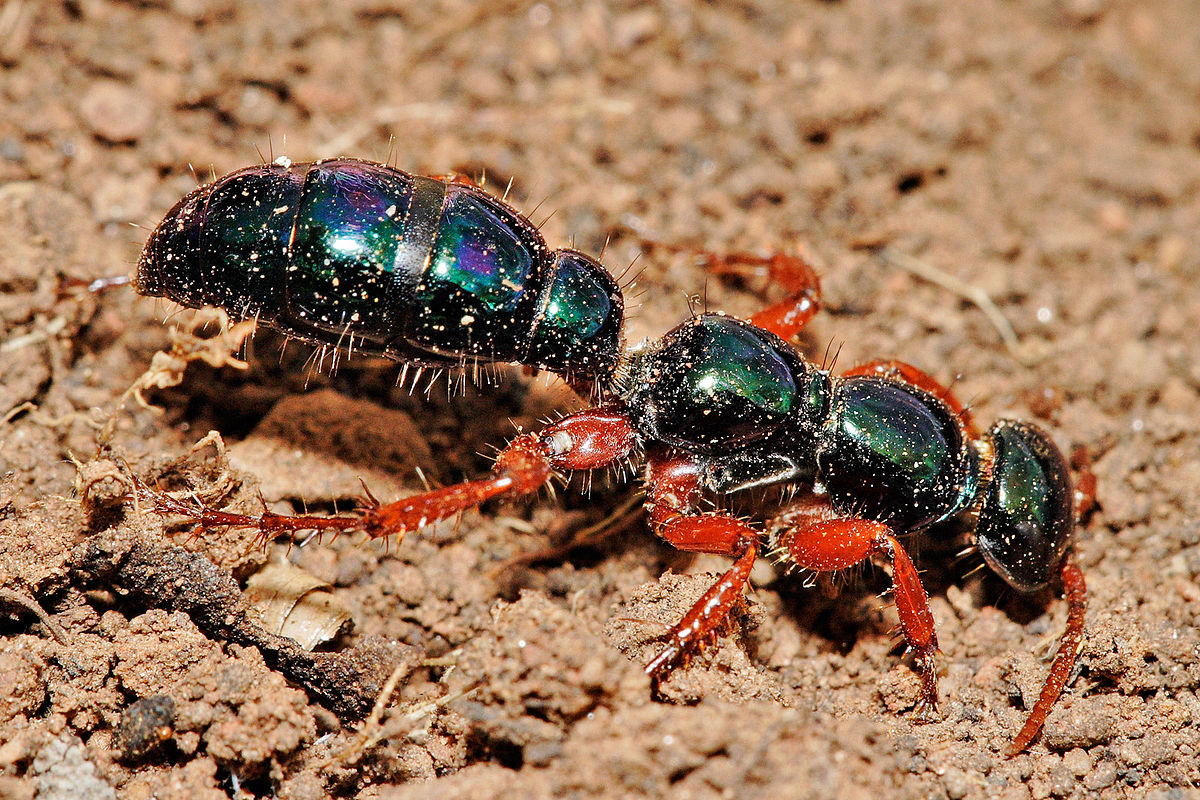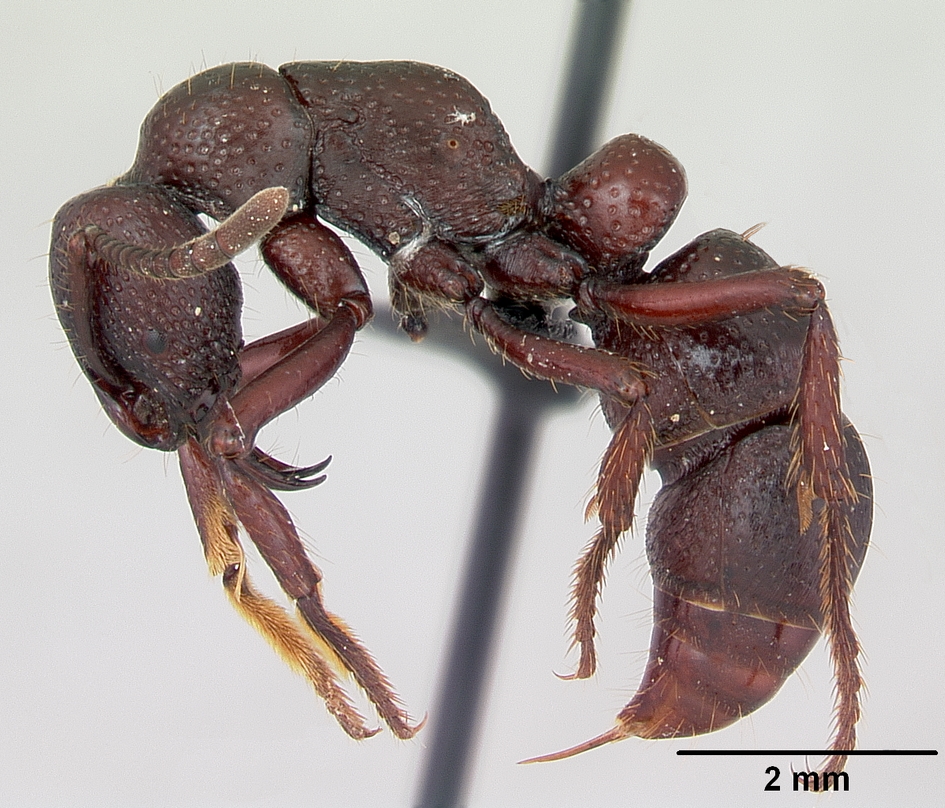Ants: A Multifaceted Community of Living Beings
Ants: A Multifaceted Community of Living Beings
Introduction
Ants are among the most ubiquitous and diverse insects on Earth. These tiny creatures, existing for millions of years, captivate attention with their societal roles, communication methods, ecological impacts, and relationships with humans. This article will explore the species, anatomy, behavior, ecological roles, and effects on humans concerning ants.
Section 1: Anatomy and Biology of Ants
In this section, the physical characteristics, anatomical structures, and biological features of ants will be addressed. Ant body segments, antennae, eyes, and other features will be examined, along with biological processes such as reproduction, feeding, and life cycles.
Section 2: Societal Structure and Division of Labor in Ants
Ants are known for their communal living and complex social structures. This section will delve into the colony-based lives of ants, discussing social characteristics such as division of labor and hierarchy. Additionally, communication and cooperation mechanisms within colonies will be explored.
Section 3: Ecological Role of Ants
Ants play significant roles in ecosystems. Processes like soil cultivation, their position in the food chain, and plant pollination will be discussed in this section. Furthermore, the relationships of ants with predators
, prey, and other organisms will be examined.
Section 4: Ants and Humans
The relationship between humans and ants has evolved over time. In this section, the effects of ants on agriculture, pest control, and the pharmaceutical industry will be discussed. Additionally, the cultural and symbolic significance of ants in human societies will be explored.
Conclusion
Ants are vital organisms that reflect the complexity and diversity of nature. When examined from physical, social, and ecological perspectives, their role in nature and their relationships with humans become clearer. Future research and conservation efforts will further emphasize the importance of ants and their preservation.
Kaynakça
- ^ Wade, Nicholas (15 Temmuz 2008). "Taking a Cue From Ants on Evolution of Humans". New York Times. 9 Aralık 2008 tarihinde kaynağından arşivlendi. Erişim tarihi: 15 Temmuz 2008. (İngilizce)
- ^ "Hymenoptera name server. Formicidae species count". Ohio State University. 18 Haziran 2008 tarihinde kaynağından arşivlendi.(İngilizce)
- ^ Oster GF, Wilson EO (1978). Caste and ecology in the social insects. Princeton University Press, Princeton. s. 21–22. ISBN 0691023611. (İngilizce)
- ^ a b Schultz TR (2000). "In search of ant ancestors". Proceedings of the National Academy of Sciences. 97 (26). s. 14028–14029. doi:10.1073/pnas.011513798. PMID 11106367. 24 Temmuz 2008 tarihinde kaynağından arşivlendi. Erişim tarihi: 23 Şubat 2009. (İngilizce)
- ^ Hölldobler & Wilson (1990), s. 471
- ^ Borror, Triplehorn & Delong (1989), s. 737
- ^ a b Borror, Triplehorn & Delong (1989), s. 24–71 (İngilizce)
- ^ Fent K, Rudiger W (1985). "Ocelli: A celestial compass in the desert ant Cataglyphis". Science. 228 (4696). s. 192–194. doi:10.1126/science.228.4696.192. PMID 17779641. (İngilizce)
- ^ Eisner T, Happ GM (1962). "The infrabuccal pocket of a formicine ant: a social filtration device". Psyche. Cilt 69. s. 107–116. doi:10.1155/1962/25068. 8 Ağustos 2007 tarihinde kaynağından arşivlendi. Erişim tarihi: 5 Mart 2009. (İngilizce)
- ^ Brothers DJ (1999). "Phylogeny and evolution of wasps, ants and bees (Hymenoptera, Chrysisoidea, Vespoidea, and Apoidea)". Zoologica Scripta (İngilizce). 28: 233–249. doi:10.1046/j.1463-6409.1999.00003.x.
- ^ a b Grimaldi D, Agosti D (2001). "A formicine in New Jersey Cretaceous amber (Hymenoptera: Formicidae) and early evolution of the ants". Proceedings of the National Academy of Sciences. Cilt 97. s. 13678–13683. doi:10.1073/pnas.240452097. PMID 11078527. (İngilizce)
- ^ Moreau CS, Bell CD, Vila R, Archibald SB, Pierce NE (2006). "Phylogeny of the ants: Diversification in the Age of Angiosperms". Science. 312 (5770). s. 101–104. doi:10.1126/science.1124891. PMID 16601190. 2 Mart 2009 tarihinde kaynağından arşivlendi. Erişim tarihi: 22 Şubat 2009.(İngilizce)



































